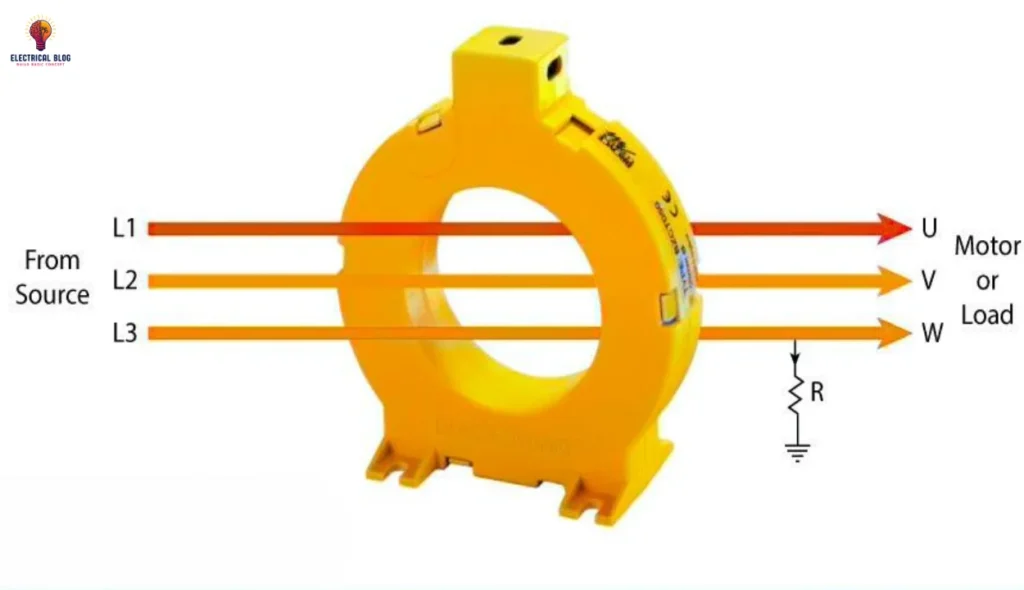Difference between Star and Delta Connections
Introduction Three-phase power systems are the backbone of modern industry. They efficiently transmit power over long distances and balance it across three conductors. Three-phase power is transmitted and distributed using two connection types: star and delta. The difference between star and delta connections lies in their configuration and performance. A star configuration has one common […]



